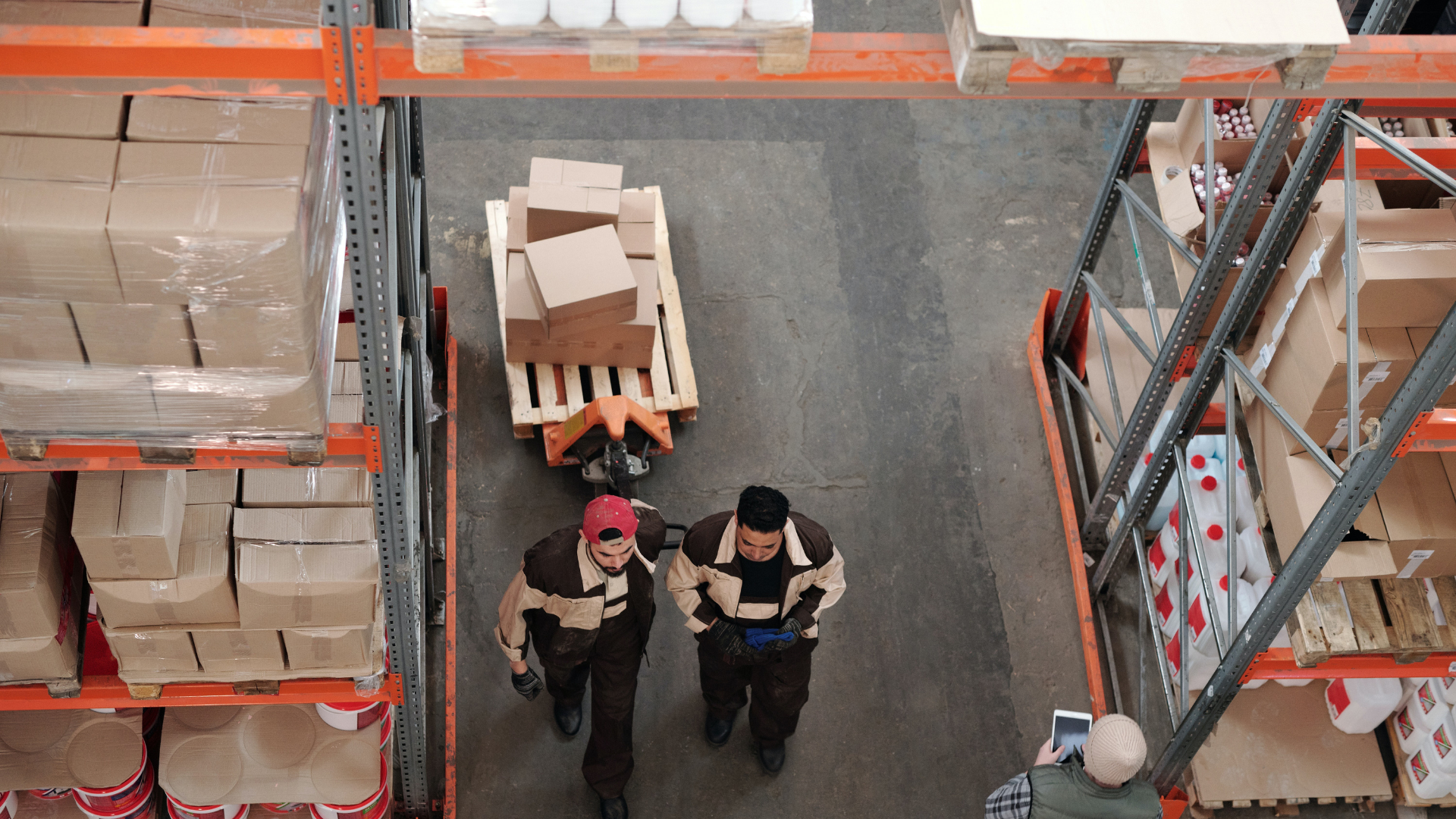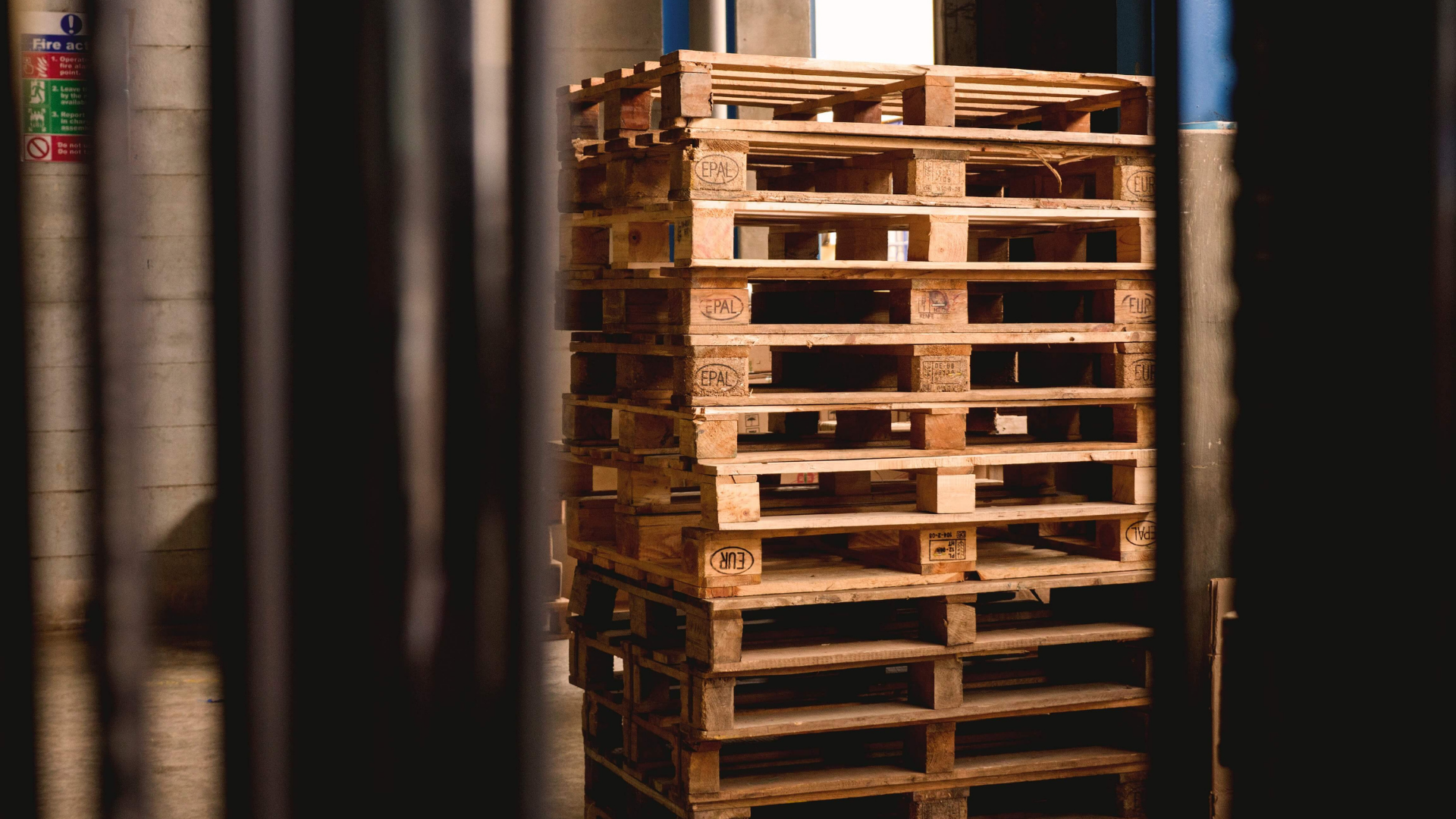What is a stackable pallet?
There are 2 types of pallets, stackable and non-stackable, these terms are used a lot during delivery. Here are the secrets:
- Stackable pallets: these are pallets that can be stacked, whether they are full or empty. They therefore allow for maximum storage optimization, as they can be placed one on top of the other. The delivery of stackable pallets is easy and can be express depending on the maximum dimensions. These pallets will allow you to pay less for your delivery, because the goods will be placed one on top of the other which will allow the carriers to make more deliveries.
- Non-stacking pallets: these are pallets that do not stack, so they require shelves to store all the goods in a warehouse. These are used for fragile goods, which cannot support pallets on top of them.
The delivery of non-stackable pallets is therefore more expensive, because the pallet takes up more space for the transporter.
What type of stackable pallets to choose?
There are several types of stackable pallets, what will determine your choice is mainly the type of goods you want to ship or store on pallets, but also their weight, and storage space. For example, if you are storing or shipping refrigerated goods, then you will need to choose a pallet that can withstand low temperatures.
There are several types of pallets: wooden pallets, plastic pallets, cardboard pallets, molded pallets, metal pallets etc.

Which types of pallets are non-stackable ?
Molded pallet :
Although environmentally friendly, it has good thermal and mechanical resistance with a load capacity of up to 1250 kg. The molded pallet is not stackable.
Which types of pallets are stackable ?
The metallic pallet
This is the strongest type of pallet on the market, not only can it withstand very heavy loads, but it can also withstand various storage conditions: humidity, fire, etc. Its format allows placing products in bulk or in bags thanks to the addition of wire mesh sides. This type of pallet is more expensive than the others but is very practical for the industry.
The stackable pallet box
It is a box fixed on a pallet, generally these are solid and practical to protect the goods from shocks during transport. Depending on the model chosen, it is possible to add a cover. They are generally made of wood, plastic or metal.
The plastic pallet
The plastic pallet is sturdy and has a long service life as it can be reused. It is versatile: suitable for food transport, rack storage and stacking.
It is also safe for those who handle it since there is no risk of splinters, no nails or staples.
It is also waterproof and resistant to temperature variations.
The advantages of the stackable pallet:
- Saves time on pallet transport since routes can be optimized
- Space saving because they are stackable and save space in storage facilities
- Real load unit for storage and transport, allowing optimal handling
- Optimization of the access to the goods during the preparation of the orders (if you are retailers or e-merchant), during the unloading of the trucks
Pallet stacking regulations
The stacking of boxes
This process is simply the process during which you place your boxes on the pallet. In order to guarantee the best possible stability, it is preferable to put the heaviest and smallest boxes at the bottom, and the lightest ones at the top: to guarantee the most stability possible and not to crush your light packages.
Check that the boxes are well wedged and arranged on the pallet: limit the yawning between the boxes, make sure that they do not protrude from the pallet and that the top surface of your pallet is flat.
Protection of the pallets
Once you have arranged your cartons / goods in a stable way on your pallet, now you have to protect them. To do this, wrap the boxes or crates securely with stretch film. You can also add protective angles to reinforce the solidity and stability of your pallet.
